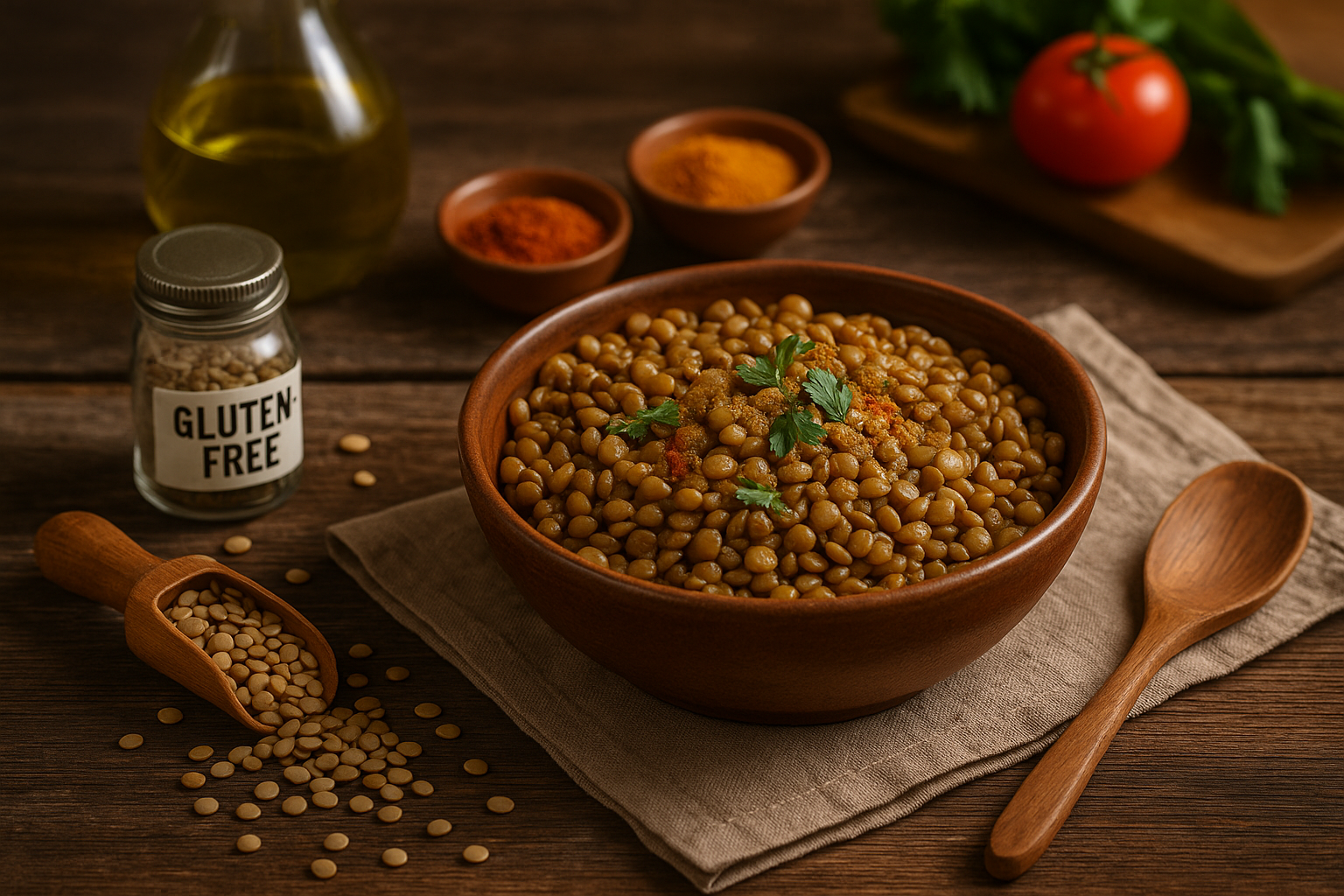Embarking on a journey toward better health is an adventure that many people are eager to begin, and the Eat to Live Retreat offers an immersive experience tailored to support this transformative process. Nestled in the picturesque hills of San Diego, the retreat is guided by the principles of Dr. Joel Fuhrman’s Nutritarian diet, which emphasizes nutrient-dense foods for optimal health and longevity. Participants learn not only the science behind the diet but also practical applications, such as preparing delicious, health-promoting meals.

At the Eat to Live Retreat, individuals benefit from personalized medical care, education, and the necessary tools to overhaul their lifestyle for lasting health improvements. With the nurturing environment and comprehensive support system, the retreat serves as a catalyst for guests to make profound changes in their relationship with food, understand their body’s needs, and develop habits that foster long-term well-being.
Click the link below for more information on the Retreat.
Reclaim your Health at the Dr. Fuhrman Eat to Live RetreatKey Takeaways
- The retreat provides personalized guidance and education on the Nutritarian diet.
- Located in San Diego, participants enjoy a supportive and scenic setting.
- Guests leave equipped with practical skills for maintaining a healthy lifestyle.
Understanding the Nutritarian Diet
I will help you grasp the concept of the Nutritarian Diet, highlighting how it’s grounded in nutritional science, comparing it with other diets, and discussing the importance of nutrient-dense foods for overall health.
Core Principles of Nutritarianism
The Nutritarian Diet, developed by Dr. Joel Fuhrman, emphasizes high nutrient per calorie ratio. My focus is on whole, plant-based foods, which are rich in vitamins, minerals, fiber, and phytonutrients. I ensure my diet consists mainly of vegetables, fruits, beans, nuts, and seeds. Animal products are minimized, and processed foods are largely eliminated. This method boosts my health by increasing the nutrient intake without excessive calories.
Comparing Diets: Nutritarian vs Others
When I compare the Nutritarian Diet to others, the standout difference is its strict emphasis on foods with high nutrient density. Unlike many popular diets that restrict certain food groups for calorie control, my Nutritarian approach allows me to eat unlimited amounts of certain vegetables, making sure I’m satiated while consuming high quantities of nutrients. High-protein diets, like Paleo or Keto, focus on animal products, but the Nutritarian Diet leans toward protein from plant sources.
Science Behind Nutrient-Dense Eating
Nutrient-dense eating is scientifically backed to support health and longevity. By ensuring I consume a variety of fruits and vegetables, I’m providing my body with essential vitamins like Vitamin D and minerals, as well as a broad spectrum of antioxidants that protect the cells. Nutrients like these support my immune system, reduce inflammation, and help prevent chronic diseases. An optimal protein intake is achieved through legumes and seeds, granting the full spectrum of amino acids without the excess fat found in animal proteins. This harmony of nutrients aligns with the body’s requirements and is fundamental for my health maintenance.
Benefits of the Eat to Live Retreat
I’ve observed that the Eat to Live Retreat aims to offer participants a comprehensive approach to wellness, focusing on nutritious eating and healthy lifestyle choices. My insight into its benefits reveals significant advantages in areas such as weight management, disease recovery, and behavioral modifications.
Weight Loss and Management
At the Eat to Live Retreat, there is a strong emphasis on eating nutrient-dense foods to promote weight loss. By consuming foods high in vitamins, minerals, and fiber, participants are likely to experience a natural reduction in calorie intake without the need to count calories. This approach not only aids in weight loss but also contributes to long-term weight management.
Disease Prevention and Recovery
The retreat’s nutritional methods are designed to support heart health by emphasizing the consumption of whole plant foods that may help lower blood pressure and cholesterol levels. Participants coping with chronic ailments, such as heart disease or those at risk for cancer, might find that this retreat offers dietary strategies aimed at preventing and aiding recovery from these conditions.
Lifestyle and Behavioral Changes
Adopting a new lifestyle is usually challenging; however, the Eat to Live Retreat is structured to facilitate such changes by providing an environment conducive to learning new habits. By focusing on eradicating food addictions and cravings, I believe people can gain a better understanding of their bodies and how to control their health destinies, leading to more persistent lifestyle changes.
The integration of these components—nutritional education, structured eating plans, and supportive coaching—underscore the value the retreat offers to those looking to make substantial health changes.
What to Expect at the Retreat

When you book your stay at the Eat to Live Retreat, located in the picturesque hills of San Diego, CA, you will see transformation through Dr. Fuhrman’s renowned nutritional methods. Alongside personal growth, you can expect a structured schedule, comprehensive amenities, and tailored nutrition plans to optimize your health and lifestyle.
Daily Schedule and Activities
6:30 AM: Morning Meditation – Start the day with clarity and calm.
7:00 AM: Guided Fitness – Courses may vary from yoga to nature hikes.
9:00 AM: Nutritious Breakfast – A wholesome, plant-rich meal.
10:30 AM: Health & Wellness Workshop – Dr. Fuhrman and staff discuss nutrition science.
1:00 PM: Gourmet Lunch – Enjoy a nutritiously dense, gourmet meal.
2:00 PM: Personal Free Time/Spa Services – Unwind or engage in self-reflection.
4:00 PM: Cooking Demonstration – Learn practical, healthful cooking skills.
6:00 PM: Gourmet Dinner – Savor another nutritiously perfected meal.
7:30 PM: Evening Activity – Sessions vary from workshops to social gatherings.
Available Amenities and Services
Upon arrival, you will be greeted by a range of amenities designed to enhance my experience:
- Health Spa: Full-service offerings including massages and facials.
- Fitness Center: State-of-the-art equipment and personal trainers.
- Outdoor Pool: A tranquil setting for relaxation or water aerobics.
- Nature Trails: Opportunities for reflective walks or vigorous hikes.
- Community Spaces: Areas to socialize or participate in group activities.
Personalized Nutritional Plans
Every participant receives a personalized nutritional assessment from a team of health professionals. The plan is based on Dr. Fuhrman’s nutritarian approach, aiming to maximize your nutritional intake through whole, plant-based foods rich in phytonutrients. It is clear that the goal is not just to improve your stay but to equip you with knowledge and skills for sustained lifestyle changes post-retreat.
Eating for Health: Nutritarian Cooking and Recipes

I’ve found that the core of the Nutritarian diet centers on maximizing nutrient intake through carefully selected foods. This approach to eating, developed by Dr. Fuhrman, emphasizes whole, plant-based foods rich in vitamins, minerals, phytochemicals, and antioxidants. Let me guide you through some essential cooking techniques and sample recipes that epitomize this healthful way of living.
Nutritarian Cooking Techniques
In Nutritarian cooking, I focus on methods that enhance the nutritional profile of my meals while avoiding added salts, oils, and sugars. I typically begin with a base of dark leafy greens and incorporate an array of colorful vegetables like tomatoes and carrots. For example, water sautéing onions allows their natural sweetness to emerge without the need for oil. It’s important to remember that the way I prepare my vegetables retains the most nutrients, so steaming rather than boiling is preferred.
I make sure to include beans in my diet regularly. They’re not just a source of protein; they’re also packed with fiber and essential nutrients. When I cook beans, I soak them overnight to improve their digestibility and reduce cooking time. Seeds, such as flax, chia, or hemp, are also a staple in my pantry. I use them to add crunch and nutrients to salads or as a thickening agent in smoothies and soups.
Sample Recipes for Optimal Health
Creating recipes under the Nutritarian approach is an exciting journey in flavor and health. I’ll share a couple of my favorites:
- 1 cup kale
- 1/2 cup frozen berries
- 1 tablespoon chia seeds
- 1 cup unsweetened almond milk
- Blend until smooth.
This smoothie is a fantastic way to start my day, packed with antioxidants and omega-3s.
- 2 cups mixed greens
- 1/2 cup cooked black beans
- 1/4 cup diced red onion
- 1 tablespoon pumpkin seeds
- Balsamic vinegar to taste
- Toss all ingredients in a large bowl.
This salad is incredibly filling and provides a balance of protein, fiber, and healthy fats, perfect for a nutrient-dense lunch.
By incorporating these techniques and recipes into my life, I ensure that I’m not just eating to live, but thriving on this plant-based diet. These dishes not only align with the Nutritarian principles but also promote a sustainable, healthy eating lifestyle.
Overcoming Challenges and Obstacles
In the Eat To Live Retreat, your focus will be on transforming your lifestyle in a profound way. This involves adopting nutritional methods that may initially challenge your usual eating habits, particularly cutting down on sugar and oil, both of which may pose significant hurdles.
Dealing With Cravings and Withdrawal
Cravings: My strategy for managing cravings is to have an arsenal of healthy alternatives readily available. I lean on:
- Fresh fruits and vegetables
- Nutrient-dense smoothies
- Hydrating with water or herbal teas
With these, I satisfy my hunger while keeping my health in mind. It’s about making substitutions that contribute positively to my well-being.
Withdrawal Symptoms: This is common, especially when reducing sugar and oil intake. I manage this by:
- Eating regular, balanced meals
- Ensuring I’m not just removing, but replacing these foods with healthier fats and natural sweeteners in moderation
- Giving my body time to adjust and heal
Staying Motivated and Accountable
Daily Goals: Each morning, you should establish clear, achievable goals such as:
- Preparing a specific oil-free recipe
- Incorporating a new type of green leafy vegetable into your diet
Accountability: You can keep yourself accountable by:
- Sharing your daily goals with a fellow retreat member
- Documenting your food intake and reflecting on your choices
Through these specific actions, you will maintain motivation and navigate obstacles with confidence, ensuring this transformation becomes a sustainable, health-centric lifestyle change.
Frequently Asked Questions

In this section, I’ll address some common inquiries about the Eat to Live Retreat to give you clearer insights into what to expect.
What is the cost of participating in the Eat to Live Retreat?
The cost of participating in the Eat to Live Retreat can vary based on the type of program and duration of the stay. Specific pricing details are best obtained directly from their official website or by contacting them for the most accurate and current information.
Where can I find reviews for the Eat to Live Retreat?
To read reviews and testimonials from past participants, visit the retreat’s Facebook page where attendees share their personal experiences and outcomes after their stay at the Eat to Live Retreat.
What are the core guidelines of the Eat to Live program?
The core guidelines of the Eat to Live program include consuming nutrient-dense, plant-rich foods and minimizing processed foods, sugars, and unhealthy fats. Emphasis is placed on whole foods with specific focus on greens, beans, onions, mushrooms, berries, and seeds.
What are Dr. Fuhrman’s top 10 recommended foods?
Dr. Fuhrman recommends a variety of nutrient-rich foods, typically such as leafy greens, nuts, seeds, berries, pomegranate, beans, onions, mushrooms, tomatoes, and fruits. These are considered staples in a nutrient-dense diet.
Are eggs permitted within Dr. Fuhrman’s dietary guidelines?
Dr. Fuhrman’s dietary guidelines recommend limiting animal products, including eggs, especially for individuals with certain health conditions or those striving for weight loss. Eggs may be consumed in moderation by individuals with specific dietary needs or preferences.
What are typical dinner options in Dr. Fuhrman’s nutrition plan?
Typical dinner options include dishes rich in vegetables and plant proteins, such as salads with mixed greens, beans, and a variety of vegetables, topped with a nut-based dressing, or vegetable stir-fries with quinoa or brown rice. Soups and stews featuring lentils or chickpeas are also common.

*We may earn a commission for purchases made using our links. Please see our disclosure to learn more.



